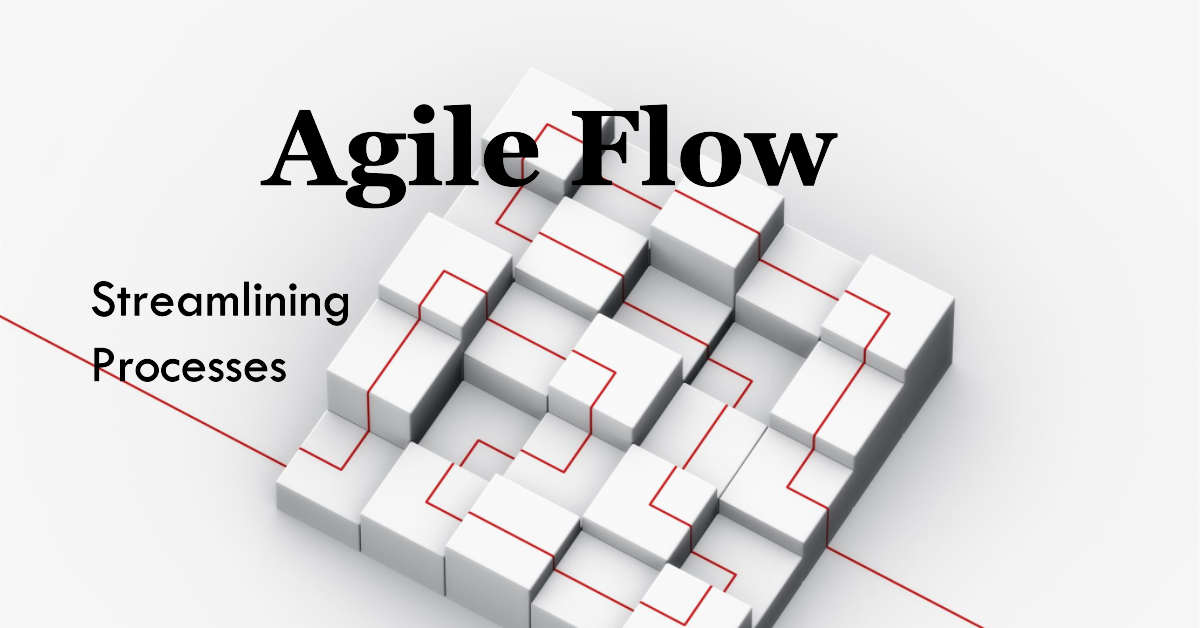
Are you looking to improve the efficiency of your operations? The agile flow methodology may be the solution you need. This guide will provide you with step-by-step instructions on how to implement agile flow and achieve a more productive and streamlined workflow.
The agile methodology consists of four stages: planning, executing, reviewing, and adapting.
In the planning stage, the team identifies the goals and objectives of the project and creates a roadmap for achieving them.
The planning stage of the agile methodology is crucial for setting clear goals and objectives. It involves creating a roadmap that outlines the tasks, timelines, and resources needed to achieve the project's objectives. This stage also includes identifying potential risks and developing strategies to mitigate them. Additionally, the planning stage is used to define the roles and responsibilities of each team member. Finally, it involves creating a timeline for the project and setting milestones to measure progress.
During the executing stage, the team works on implementing the tasks and completing the project.
The reviewing stage involves evaluating the progress and identifying any issues or areas for improvement.
Finally, in the adapting stage, the team makes necessary adjustments and changes to optimize the workflow and achieve better results.
By following these four stages, organizations can effectively implement the agile methodology and streamline their processes for increased efficiency.

One of the key steps in streamlining processes and increasing efficiency is to identify bottlenecks and areas for improvement. This involves analyzing the current workflow and identifying any areas where tasks are getting delayed or where there is a lack of efficiency.
By pinpointing these bottlenecks, organizations can then take steps to address them and optimize the workflow. This may involve reallocating resources, implementing new technologies or tools, or reorganizing the team structure. Regularly reviewing and identifying areas for improvement is crucial for maintaining a streamlined and efficient workflow.
Once bottlenecks and areas for improvement have been identified, organizations can take action to address them. This may involve implementing new processes or technologies to streamline tasks, reallocating resources to areas that need more support, or reorganizing the team structure to improve collaboration and communication.
Regularly reviewing and addressing bottlenecks and areas for improvement is an essential part of maintaining an agile flow and ensuring that tasks are completed efficiently and effectively. By continuously striving for improvement, organizations can stay ahead of the competition and adapt to changing market demands.
Breaking down tasks into smaller, manageable chunks is a key strategy in the agile flow methodology. By dividing larger tasks into smaller, more manageable parts, teams can increase productivity and efficiency.
This approach allows team members to focus on one task at a time, reducing overwhelm and improving concentration. Additionally, breaking tasks down into smaller chunks makes it easier to track progress and identify any potential bottlenecks or areas for improvement.
By implementing this practice, organizations can streamline their workflow and achieve increased efficiency.
In order to achieve a more streamlined and efficient workflow, it is crucial to implement regular feedback loops and communication channels within your team. This allows for open and transparent communication, ensuring that everyone is on the same page and working towards the same goals.
Regular feedback loops provide an opportunity for team members to share their thoughts, ideas, and concerns, allowing for continuous improvement and adjustment of processes.
Additionally, having clear communication channels in place ensures that information flows smoothly and efficiently, reducing the risk of miscommunication or misunderstandings. By prioritizing feedback and communication, organizations can foster a collaborative and productive work environment, leading to increased efficiency and success.
One of the key principles of the agile flow methodology is the continuous evaluation and adaptation of processes. This means regularly assessing the effectiveness of your current workflows and making adjustments as needed to maximize efficiency.
By regularly evaluating your processes, you can identify any bottlenecks, inefficiencies, or areas for improvement. This could involve analyzing data and metrics, seeking feedback from team members, or conducting process audits.
Once you have identified areas for improvement, it is important to adapt your processes accordingly. This could involve implementing new tools or technologies, reassigning tasks or responsibilities, or redefining workflows.
By continuously evaluating and adapting your processes, you can ensure that your team is working in the most efficient and effective way possible, leading to increased productivity and success.